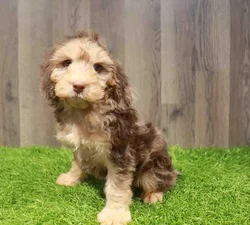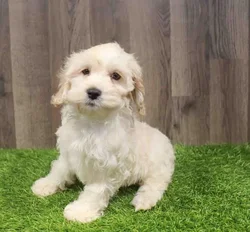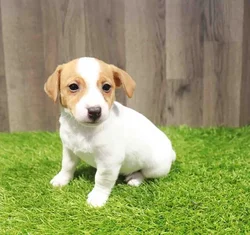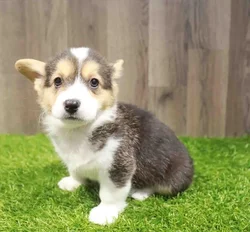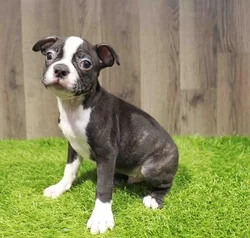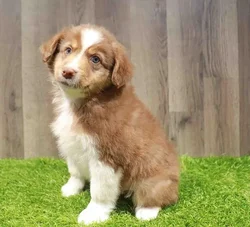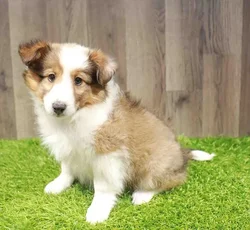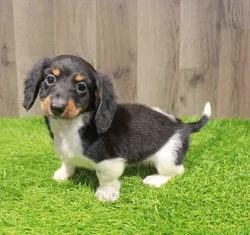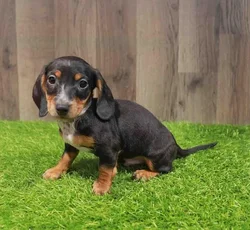Cocker Spaniel
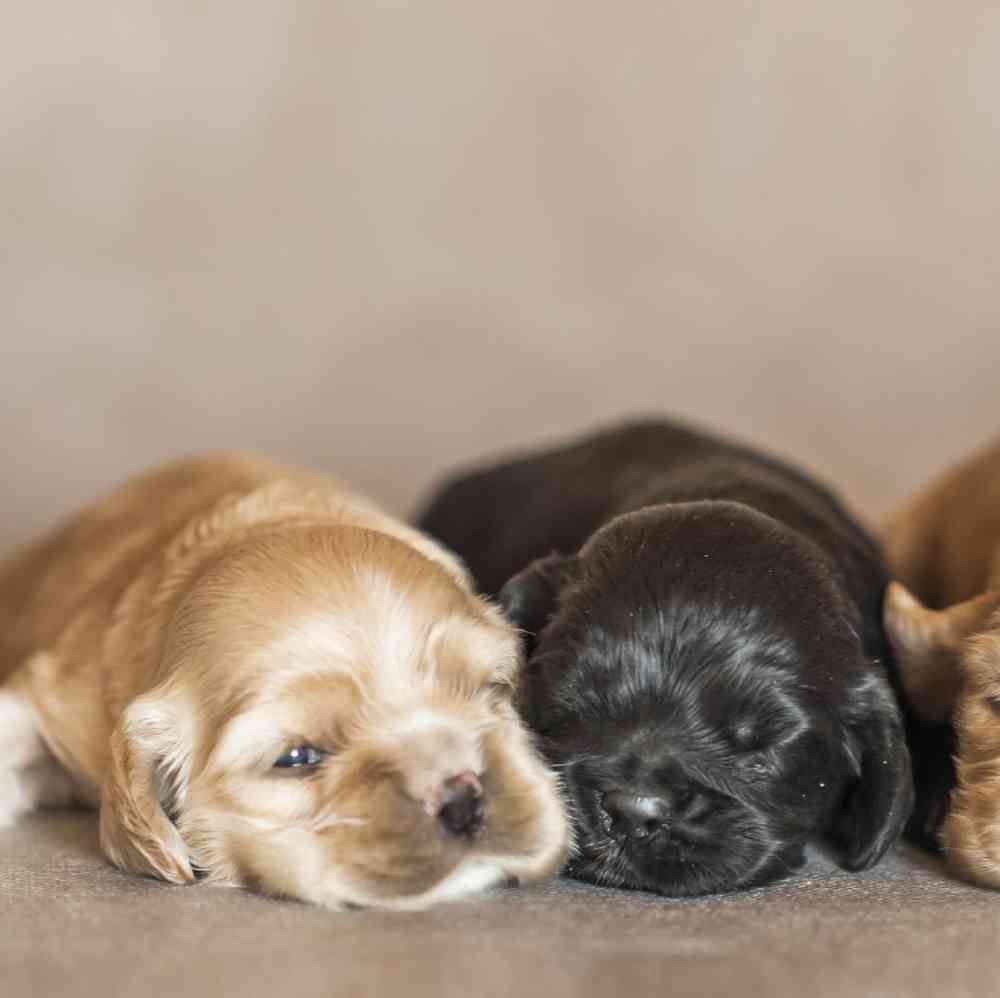
The merry and frolicsome Cocker Spaniel, with his big, dreamy eyes and impish personality, is one of the world’s best-loved breeds. They were developed as hunting dogs, but Cockers gained their wide popularity as all-around companions.



Breed Traits
General Appearance
The Cocker Spaniel is the smallest member of the Sporting Group. He has a sturdy, compact body and a cleanly chiseled and refined head, with the overall dog in complete balance and of ideal size. He stands well up at the shoulder on straight forelegs with a topline sloping slightly toward strong, moderately bent, muscular quarters. He is a dog capable of considerable speed, combined with great endurance. Above all, he must be free and merry, sound, well balanced throughout and in action show a keen inclination to work. A dog well balanced in all parts is more desirable than a dog with strongly contrasting good points and faults.
Size, Proportion, Substance
Neck, Topline, Body
Forequarters
Hindquarters
Coat
Color
Gait
Temperament
Disqualifications
Group
Sporting
About
History
Standard
Nutrition
Grooming
Exercise
Training
Health
Clubs, Registries & Associations
American Canine Association Continental Kennel Club Universal Kennel Club International American Kennel Club United All Breed Registry America's Pet Registry, Inc. United Kennel Club (Based on breed recognition. See store for details on this particular puppy.)
Heritage
Description
Health Awareness
Personality
Exercise/Energy Level
Additional Information
Did you know?
The word, "cocker" comes from "woodcock" - a game bird this breed is known for hunting.



